12 Mind-Blowing Facts About Animals That Migrate
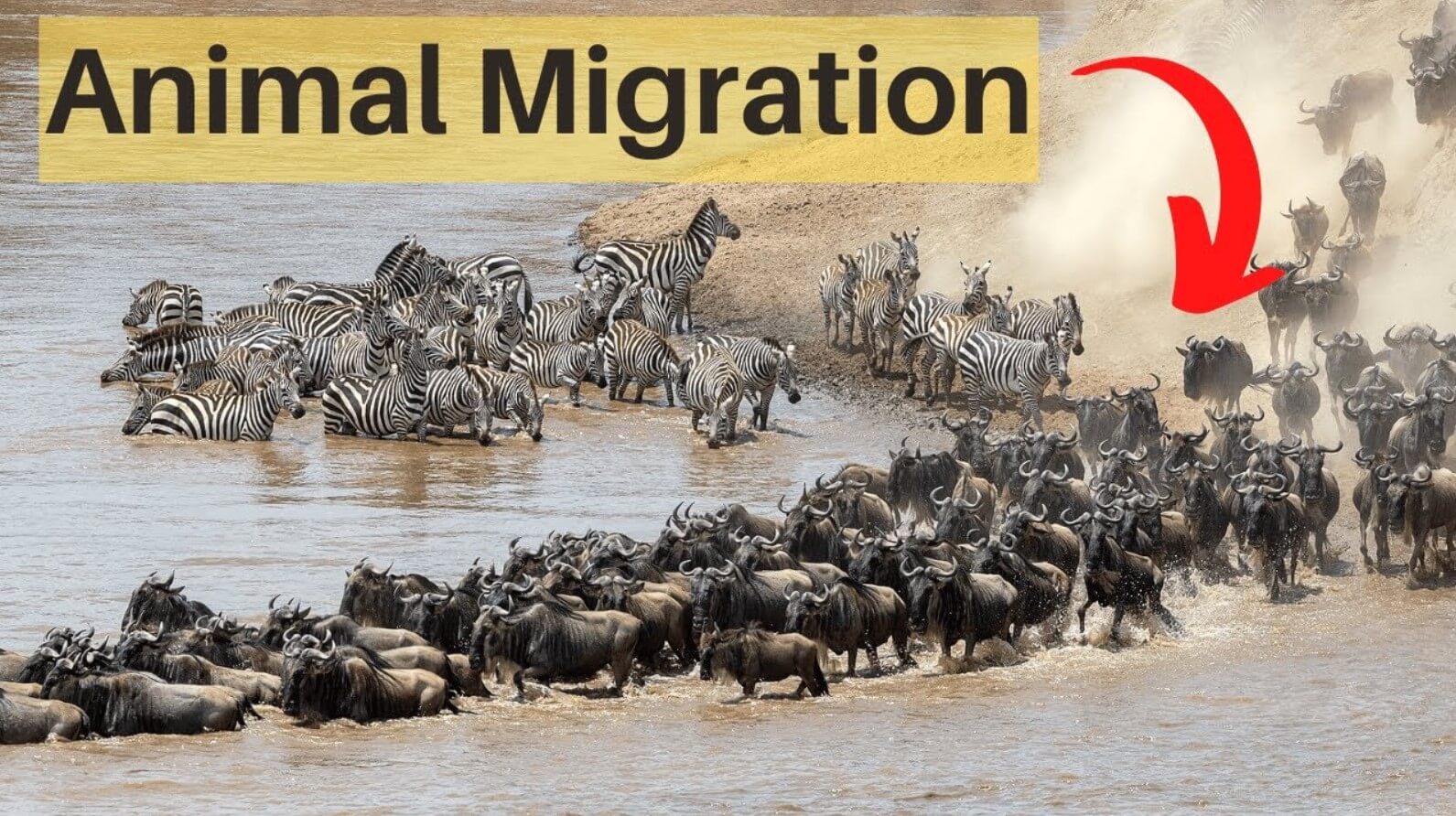
Migration is one of the most incredible phenomena in the animal kingdom. From tiny insects to enormous whales, countless species undertake long and often dangerous journeys for survival. These animals migrate across vast distances, navigating oceans, mountains, and continents with remarkable precision.
In this article, we’ll uncover 12 mind-blowing facts about animals that migrate, exploring their incredible journeys, navigation techniques, and the challenges they face.
1. Monarch Butterflies: The Smallest Long-Distance Migrants
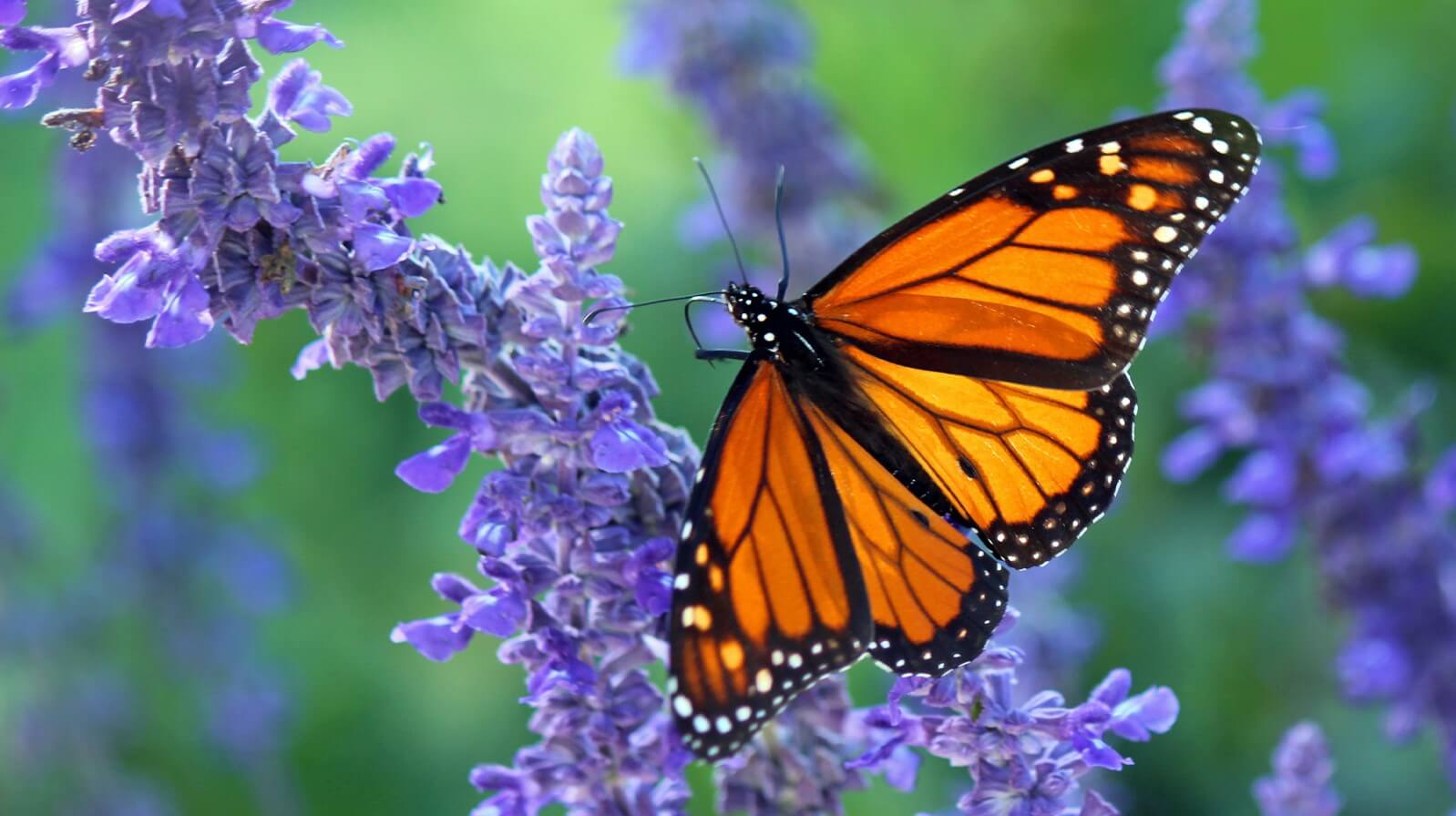
How Far Do Monarch Butterflies Migrate?
Monarch butterflies travel an astonishing 3,000 miles each year between North America and Mexico. Unlike most migrating animals, individual monarchs never complete the full round trip—each journey is spread across multiple generations.
How Do Monarch Butterflies Navigate?
They use the sun’s position and their internal biological clock.
Their antennae contain magnetoreceptors that detect the Earth’s magnetic field.
Generational migration means offspring continue the journey where their ancestors left off.
This delicate insect’s endurance and precision make it one of nature’s greatest travelers.
2. Arctic Terns: Champions of Long-Distance Migration
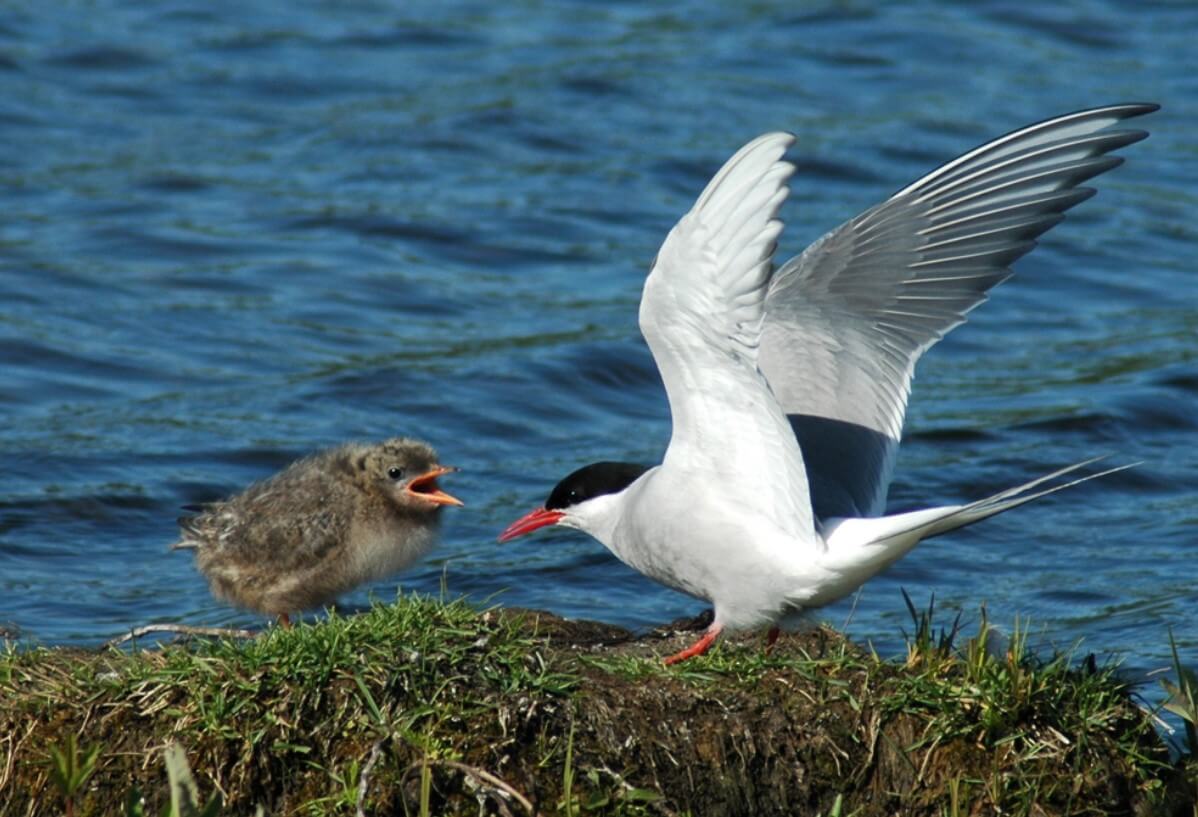
How Far Do Arctic Terns Fly?
Arctic terns hold the record for the longest migration, flying over 44,000 miles annually between the Arctic and Antarctic. This allows them to enjoy two summers per year, maximizing their access to food.
Why Do Arctic Terns Migrate Such Long Distances?
They follow seasonal fish populations.
They avoid extreme Arctic winters.
They ride oceanic wind currents to conserve energy.
Over a lifetime, an Arctic tern can travel over 1.5 million miles—equivalent to three trips to the moon and back!
3. The Great Wildebeest Migration: A Constant Search for Food
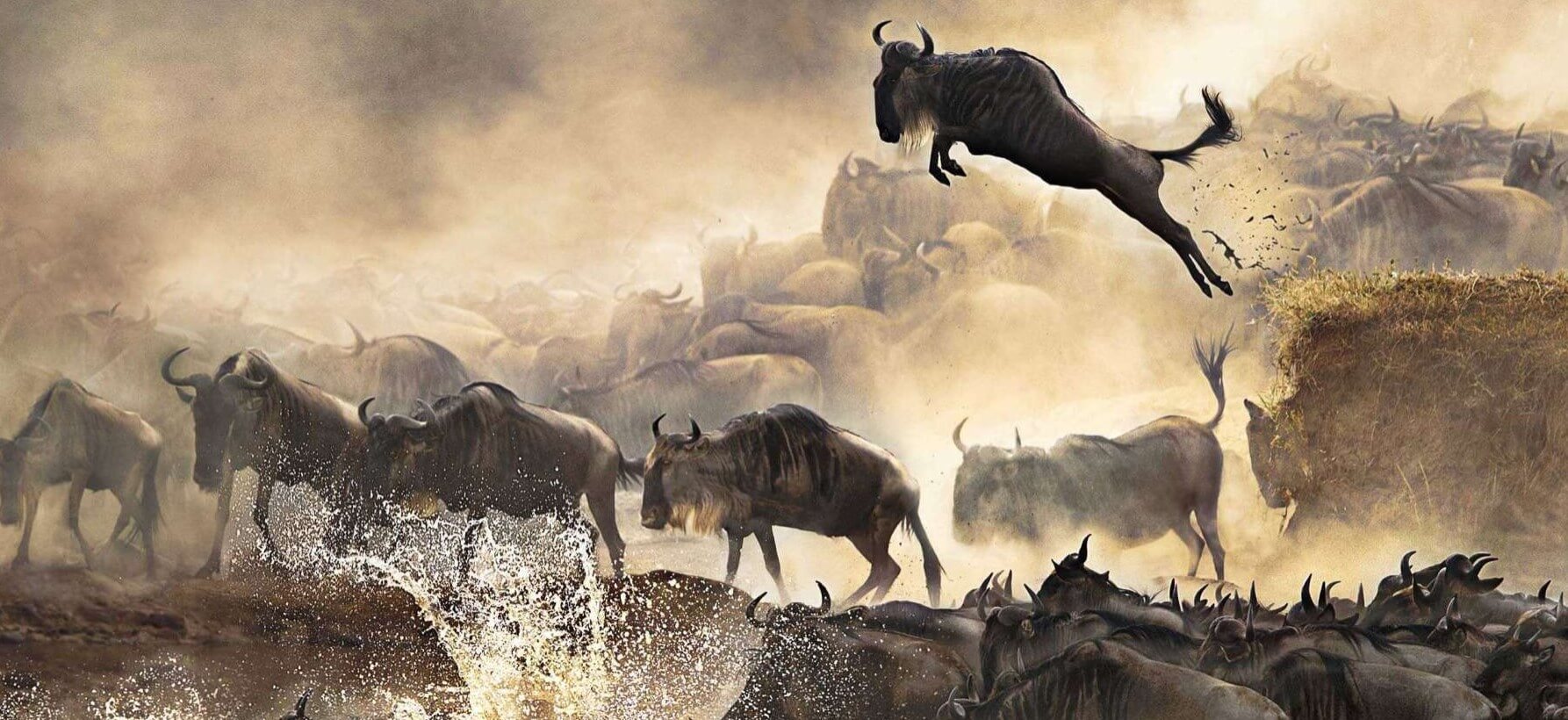
Why Do Wildebeest Migrate?
The Great Wildebeest Migration is one of the most famous wildlife events, involving over 1.5 million wildebeest moving between Tanzania’s Serengeti and Kenya’s Maasai Mara.
How Does Wildebeest Migration Shape Africa’s Ecosystem?
It fertilizes grasslands, supporting plant growth.
It provides food for predators like lions, crocodiles, and hyenas.
It prevents overgrazing in one location.
This migration is essential for Africa’s biodiversity, supporting not just the wildebeest but the entire food chain.
4. Humpback Whales: Ocean Giants on the Move
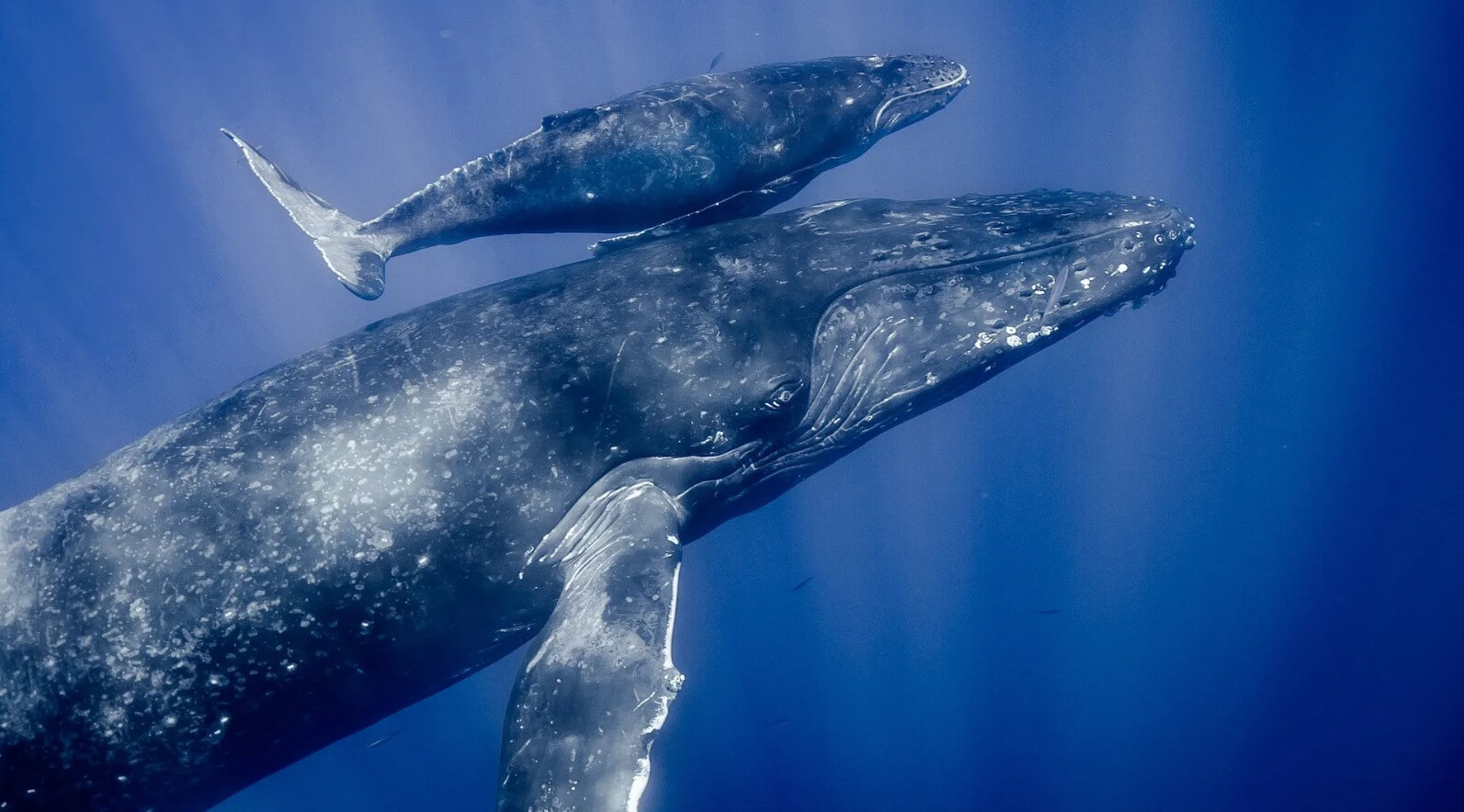
Why Do Humpback Whales Migrate?
Humpback whales undertake one of the longest migrations of any mammal, traveling up to 5,000 miles between feeding and breeding grounds.
Key Reasons for Whale Migration
Breeding: Calves need warm, calm waters to survive.
Feeding: Cold polar regions offer an abundance of krill.
Survival: Migration helps avoid predators like orcas.
These gentle giants navigate the open ocean using echolocation and deep-water memory maps.
5. Caribou: The Longest Land Migration
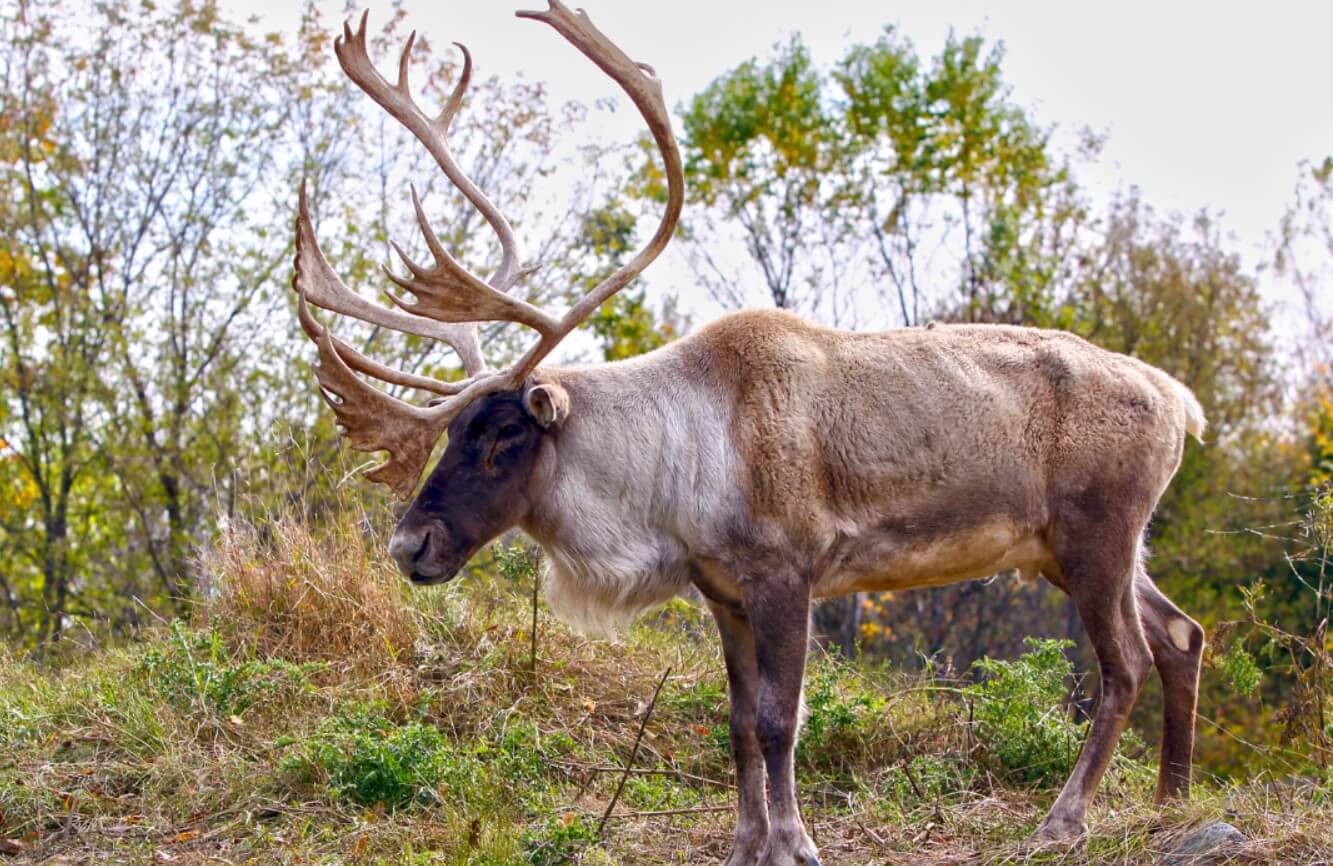
How Far Do Caribou Migrate?
Caribou, also known as reindeer, migrate over 3,000 miles annually, making them the longest land migrators among mammals.
Survival Strategies of Migrating Caribou
Thick fur and fat layers protect them from freezing Arctic winds.
Herd movement reduces individual predation risks.
Hoof adaptations allow them to cross icy rivers and snow-covered ground.
These seasonal migrations help caribou find food and avoid predators like wolves.
6. Salmon: Navigating by Smell and Magnetism
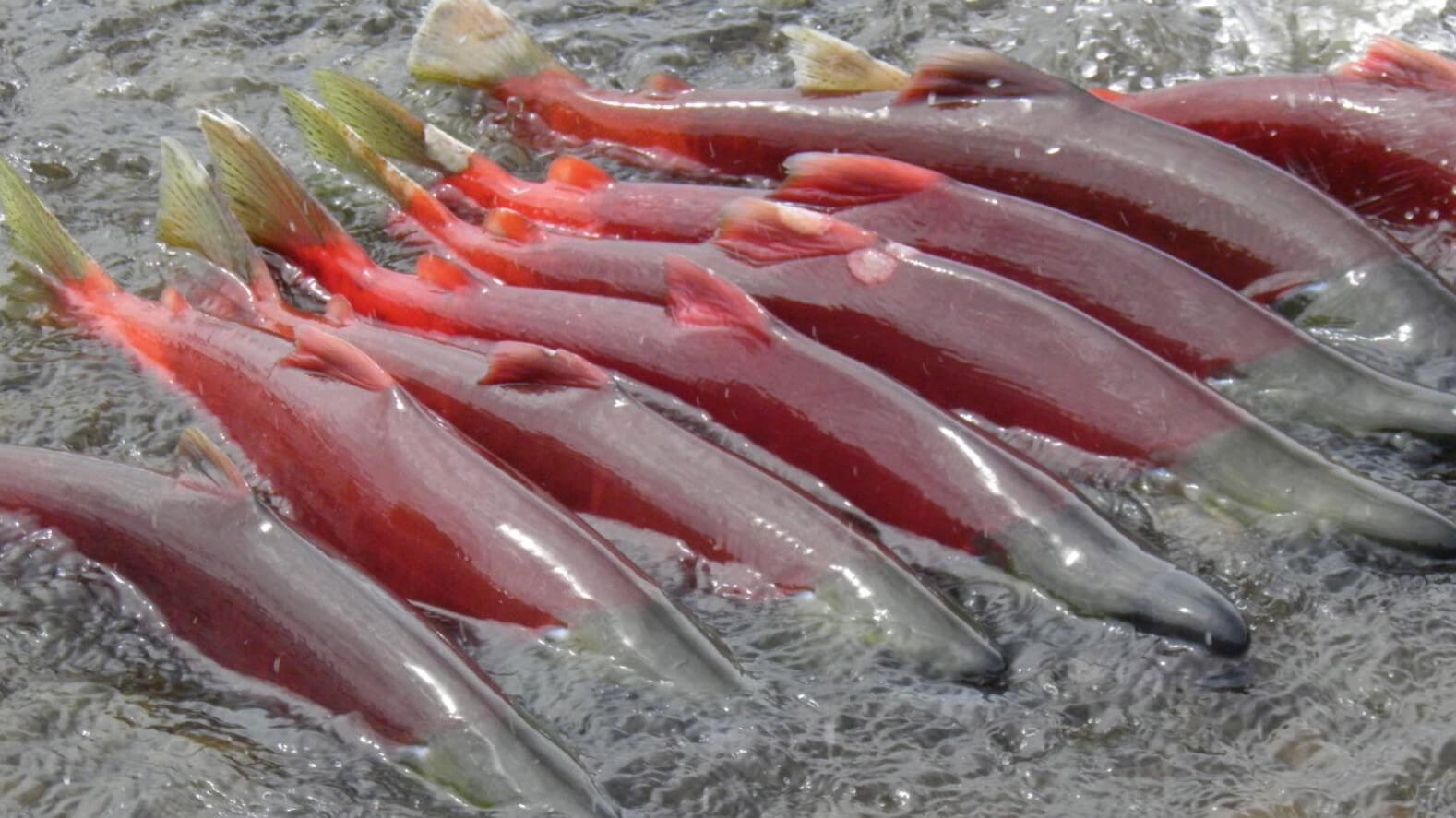
How Do Salmon Find Their Way Home?
Salmon migrate from the ocean to freshwater rivers to spawn, traveling thousands of miles back to their birthplace.
Their Incredible Navigation System
They use the Earth’s magnetic field to orient themselves.
Their sense of smell detects unique chemical signatures of their birth river.
They undergo physical changes to survive in freshwater.
This migration is exhausting, and many salmon die after spawning, but their legacy ensures the survival of future generations.
7. Leatherback Sea Turtles: Ocean Wanderers
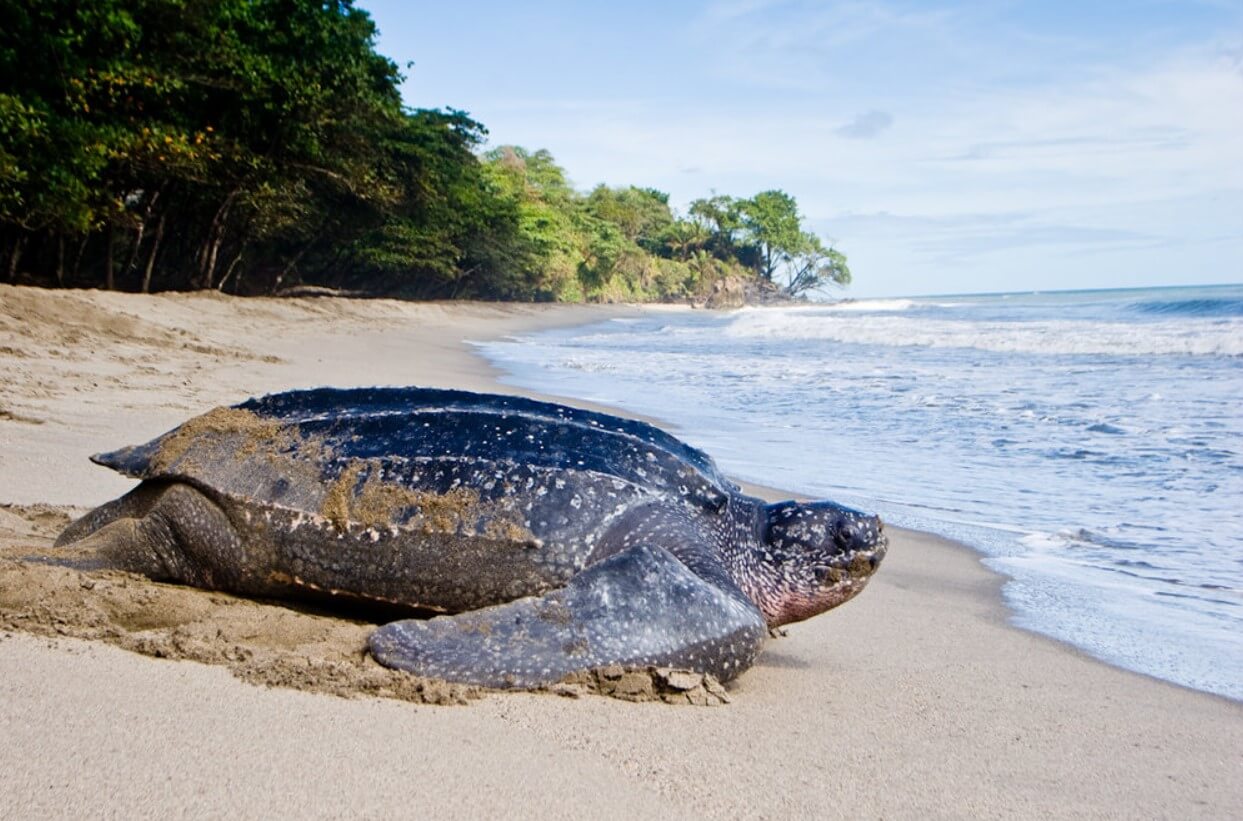
How Far Do Leatherback Sea Turtles Travel?
Leatherback sea turtles migrate more than 10,000 miles annually, crossing entire oceans between nesting beaches and feeding grounds.
Why Do They Migrate?
Nesting: Warm beaches provide the perfect sand for egg incubation.
Food: They follow seasonal jellyfish populations.
Survival: Migration reduces predator exposure.
Climate change and plastic pollution pose significant threats to their migration success.
8. How Birds Use the Stars and Earth’s Magnetic Field to Navigate

Navigation Techniques of Migratory Birds
Magnetoreception: Some birds have iron-rich cells in their beaks, acting as a natural compass.
Celestial navigation: They use the position of stars at night.
Visual landmarks: Birds memorize coastlines, rivers, and mountains.
These adaptations allow birds to travel thousands of miles without getting lost.
9. Dragonflies: The Longest Migrating Insects
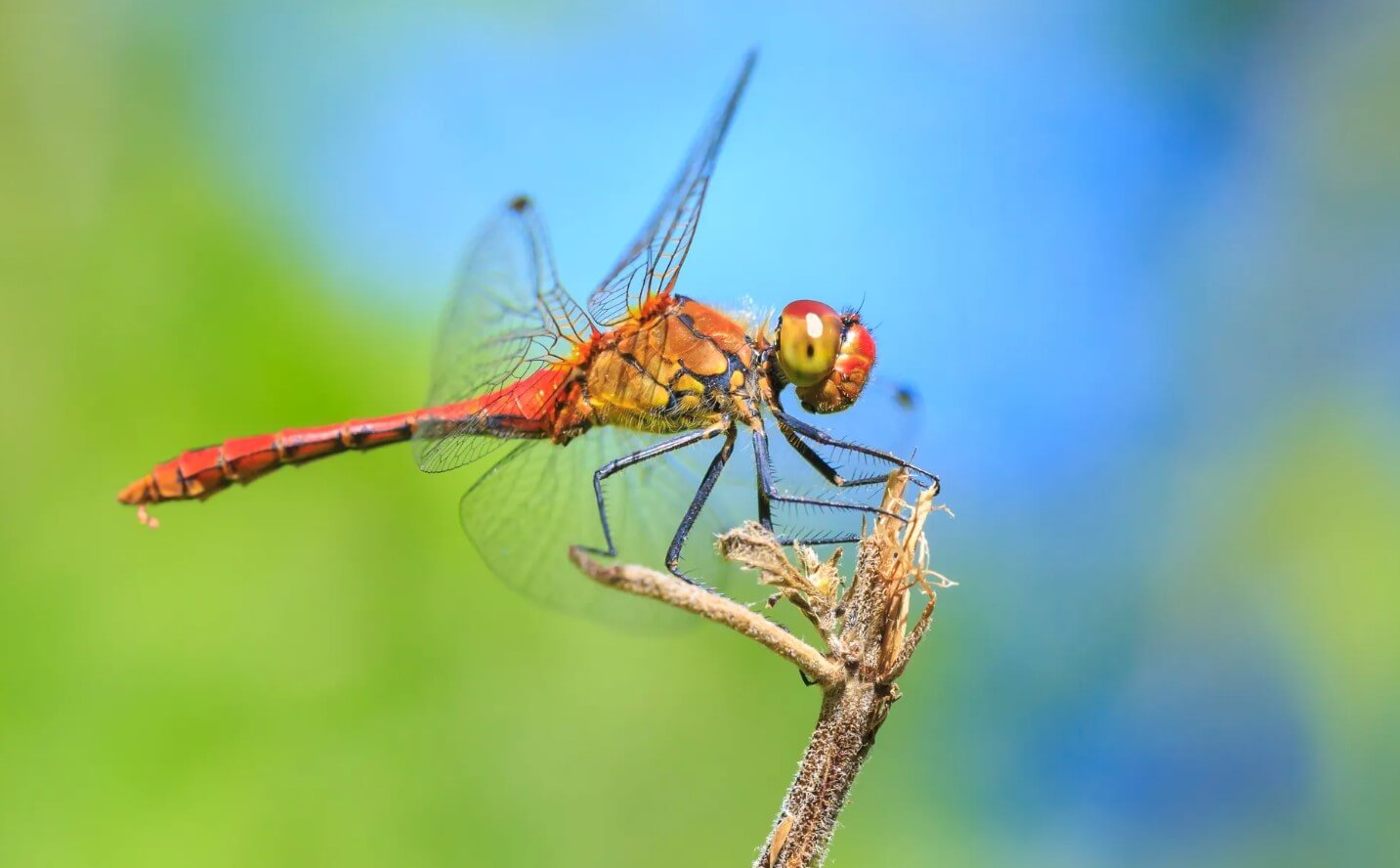
How Far Do Dragonflies Migrate?
The globe skimmer dragonfly migrates 11,000 miles, crossing continents and even open oceans.
Why Do Dragonflies Migrate?
They follow seasonal rain patterns for breeding.
They migrate in large swarms for protection.
Their long, lightweight wings allow them to travel long distances.
Scientists are still uncovering the mysteries behind this small insect’s long journey.
10. Bar-Headed Geese: Flying Over the Himalayas
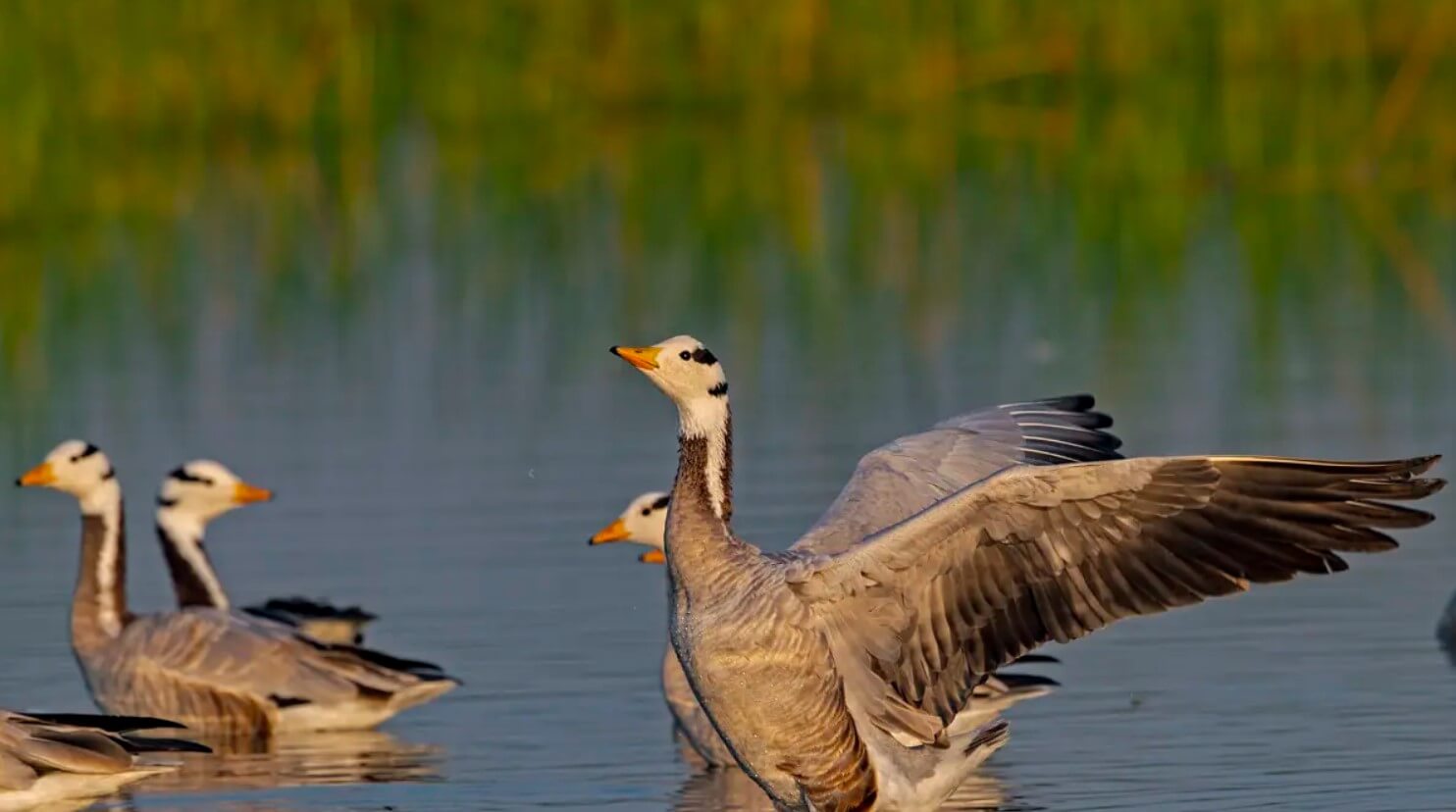
How High Can Bar-Headed Geese Fly?
These geese migrate over the Himalayan Mountains, reaching altitudes above 29,000 feet—higher than Mount Everest!
Survival Adaptations
High-altitude blood absorbs more oxygen.
Efficient wing strokes reduce energy use.
Tailwinds help them conserve strength.
Their migration is one of the most extreme in the bird world.
11. Zebras and Elephants: Land Giants on the Move

Why Do Zebras and Elephants Migrate?
Seasonal droughts force them to travel for water.
Herd communication helps them find the best routes.
They disperse seeds and nutrients, supporting ecosystems.
These migrations are crucial for maintaining Africa’s natural landscapes.
12. Climate Change is Disrupting Animal Migration
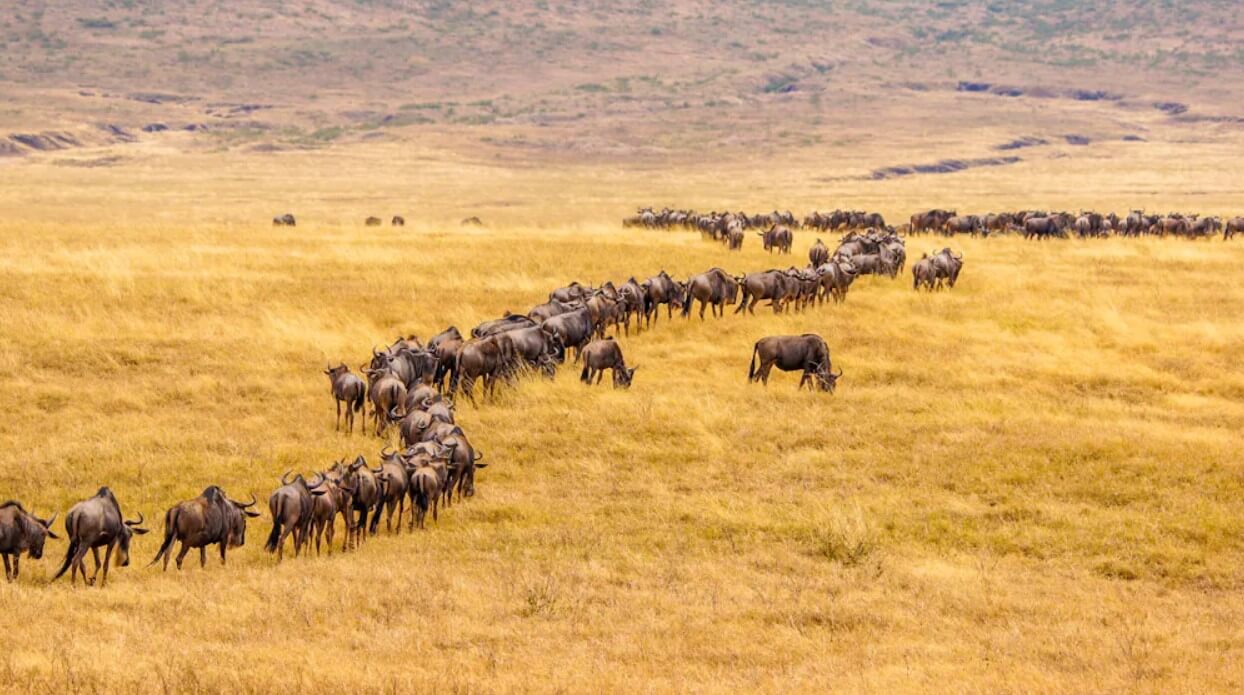
How Does Climate Change Affect Migration?
Warmer waters alter whale feeding routes.
Birds arrive too early or too late to their nesting sites.
Polluted waters affect fish migration patterns.
Conservation efforts are vital to ensuring these incredible migrations continue.
Conclusion: Protecting the Future of Animals That Migrate
Migration is a breathtaking natural event that showcases the resilience of animals. However, habitat loss and climate change threaten many migratory species. By supporting conservation efforts, we can help preserve the amazing journeys of animals that migrate.





